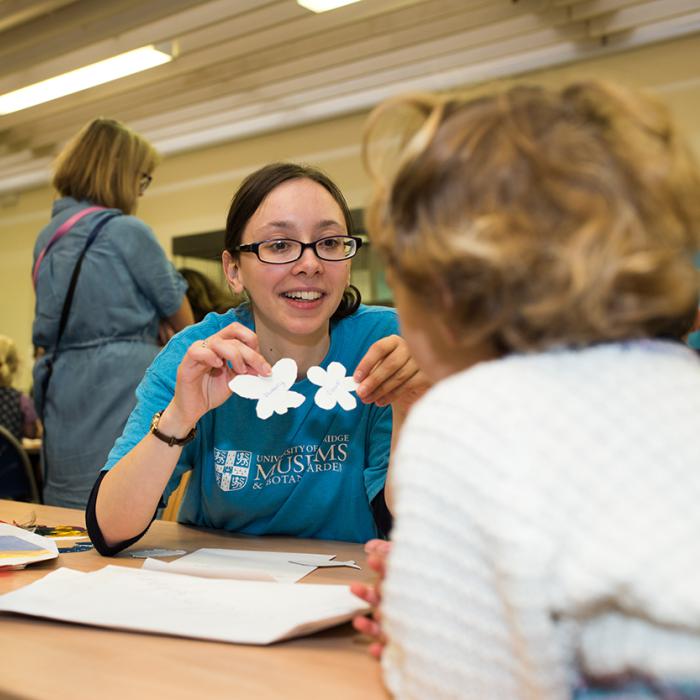Join us online for a conversation between ceramic artist Magdalene Odundo DBE and organising Curator, Helen Ritchie, who will discuss Magdalene Odundo in Cambridge.
As we take in the splendour and beauty of the gold artefacts from the Great Steppe, we can’t help but wonder about their prehistoric makers and users: Where did they obtain the precious metal? What tools and techniques did they employ to turn it into the elaborate artefacts we admire today? How did they learn their skills? Were these objects used in life, or made for the dead? Scientific analyses provide some answers but also raise new questions.
Speaker biography:
Join Rebecca Roberts, Curator of Gold of the Great Steppe, for an online talk introducing the exhibition, its themes and highlight objects.
Soon after the Greek Revolution, the Acropolis was cleared of its Medieval buildings. Byzantine icons too were shunned, even in University Museum collections. This lecture touches on icons in the Fitzwilliam but focuses on the fate of one icon in the Yale University Art Museum, acquired in 1871, but hidden in its storeroom until now.
Three artists using clay, Jayne Ivimey, Elspeth Owen and Mella Shaw, talk about their upcoming group exhibition Breaking Point: fragility in clay and nature which is on show at the University Museum of Zoology, Cambridge
Join us in St Peter’s Churchyard for free, practical art making activities. Be inspired by Kettle’s Yard and make your own artworks. Pick up one of our family art activity packs and get creative with our artists. You can collect your materials to make outside at Kettle’s Yard or take them home with you.
This activity is free and for families with children of all ages. Activities are for all but most suitable for children between 3 and 11 years.
No previous art experience is necessary just have fun!
Join us in St Peter’s Churchyard, just next door to Kettle’s Yard, for free, practical art making workshops. Respond to the House and exhibitions to make your own artworks. Get creative with artists and our Community & Learning volunteers, no previous art experience needed!
In this session, join artist Jacqui Campbell to discover how we can be inspired by the nature around us to create artwork.
Activities are for all but most suitable for children between 3 and 11 years. We encourage parents/carers to create alongside their child.
FREE, drop in
Join us in St Peter’s Churchyard for free, practical art making activities. Be inspired by Kettle’s Yard and make your own artworks. Pick up one of our family art activity packs and get creative with our artists. You can collect your materials to make outside at Kettle’s Yard or take them home with you.
This activity is free and for families with children of all ages. Activities are for all but most suitable for children between 3 and 11 years.
No previous art experience is necessary just have fun!
Works from the Katrin Bellinger Collection within The Human Touch exhibition
An online lunchtime talk with Anita Viola Sganzerla from the Katrin Bellinger Collection
Join us at the Polar Museum with artist Alice White, to explore where science and art collide and discover how the spirit of exploration is shared by artists and scientists alike. This exciting series of co-disciplinary workshops for 15-18 year olds combine practical art techniques with live science experiments and a chance to be inspired by the awe inspiring, icy worlds of the Polar Regions.

